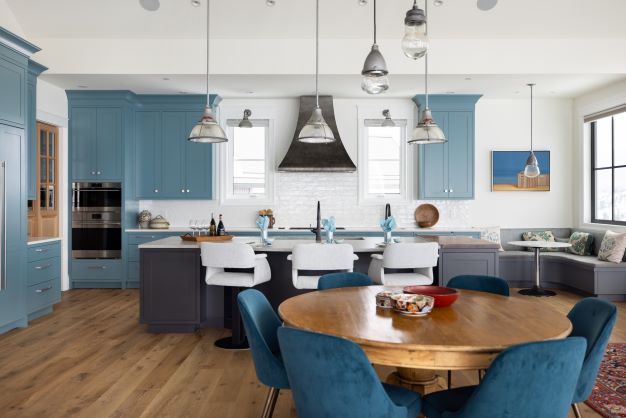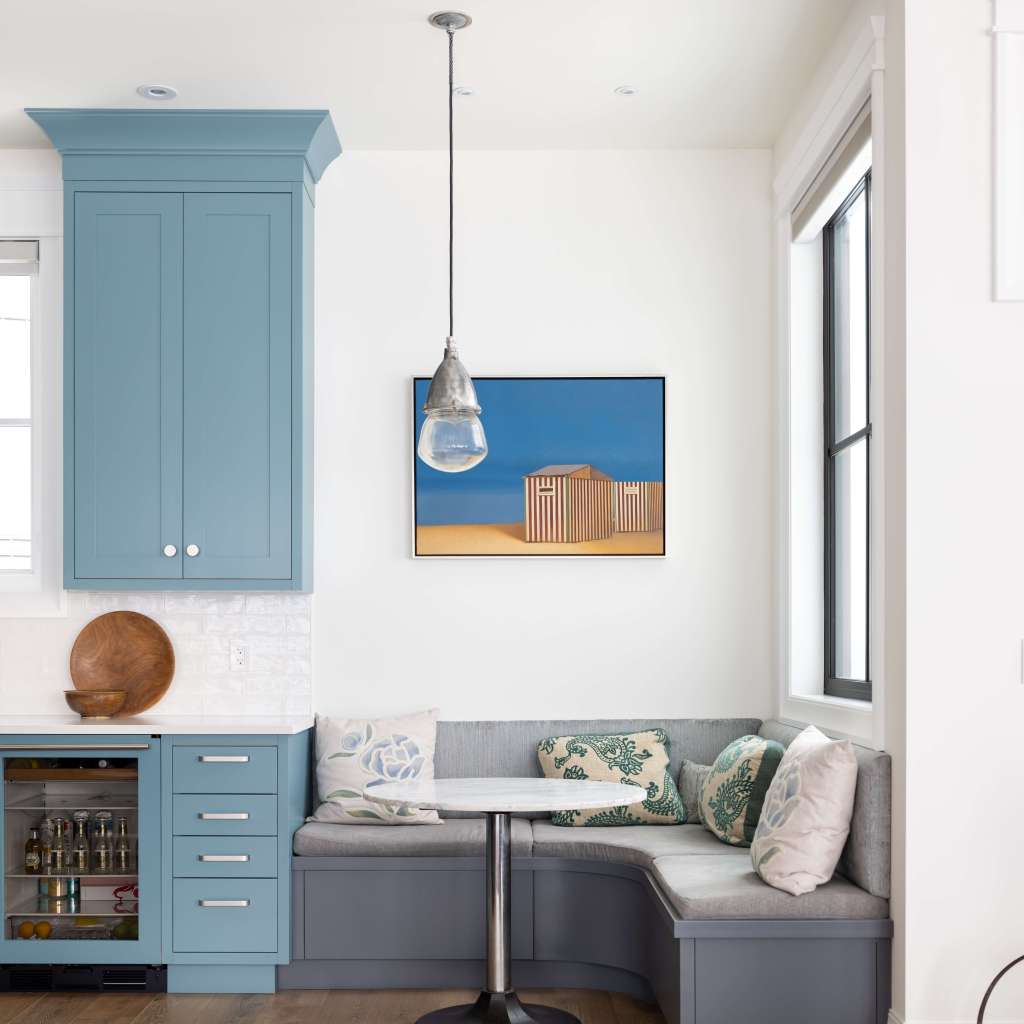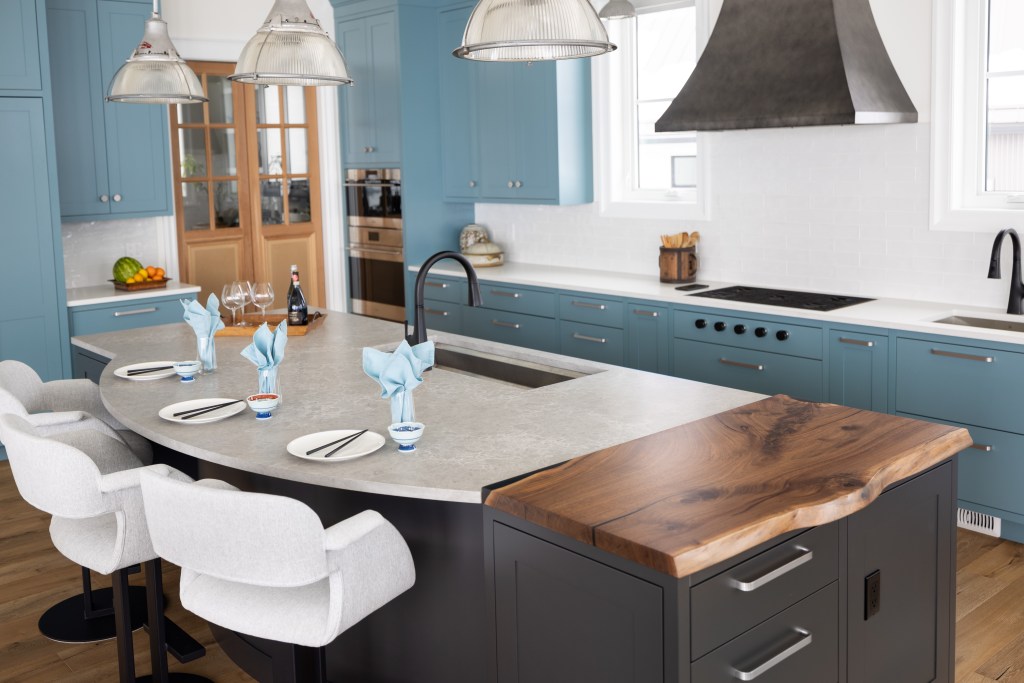Taking on the responsibility of designing another person’s Kitchen is not as easy as it looks on HGTV!
And mistakes can be costly to both the client and the designer.
VESTABUL SCHOOL OF DESIGN was founded to train, mentor and coach Kitchen Designers to help them avoid mistakes and develop beautifully, functional Kitchen designs.
To this end, courses have been developed under these three areas:
- Cornerstone Courses
- Icon Courses
- Pillar Courses
In today’s post I will provide an overview of our most popular Cornerstone course, A Beginners Guide to Kitchen Design.

Cornerstone Courses are the foundation of your Kitchen design learning, and whether you are just starting you career as a Kitchen Designer, or have been practicing for awhile, A Beginners Guide to Kitchen Design is a course worth taking.
It provides an overview of Kitchen design through the art, the science and the business of Kitchen design.
These three areas are what every designer needs to be familiar with prior to tackling the design of a client’s Kitchen.
The Art of Kitchen Design revolves around the aesthetics of the design. It is knowledge of trends, kitchen decor styles and the materials that go into a kitchen design.
The Science of Kitchen Design deals with kitchen design theories, guidelines, layouts, kitchen cabinets and accessories.
The last category is the Business of Kitchen Design. It encompasses the important skills needed to present and sell your Kitchen designs.
Knowledge in these areas will ensure your Kitchen designs are not only beautiful, but function efficiently, and provide a great experience for you and your client.
This course covers all three!

Included with every course I write is a set of learning objectives.
I find providing a list of what will be covered, and what you will learn, helps you decide if the course is right for you.
It also is a “promise” from me as to what will be presented in the course.
Learning Objectives for A Beginners Guide to Kitchen Design
When you complete this course you will:
- understand the Art, Science and Business of Kitchen Design.
- be familiar with Kitchen design theories, standards and guidelines.
- be able to identify popular kitchen layouts and products.
- know how to research decor and material design trends.
- be capable of presenting your Kitchen designs to clients.
A Beginners Guide to Kitchen Design is the ultimate guide to the important information you will need to practice as a professional Kitchen Designer.

Throughout my courses, I also provide Designer Tips to help learners implement the concepts taught.
The following are the Designer Tips provided in A Beginners Guide to Kitchen Design you could start using now to increase the success of your Kitchen designs!
VESTABUL DESIGNER TIPS



- Noting the Food Flow Zones on your proposed layout will help when presenting the design to your client
- Always include a “Wow” factor layout when presenting possible Kitchen layouts to your client
- Use the Kitchen Storage and Clearance Guidelines download provided with this course as a checklist on all of your projects


- Check the usable inside depth of your manufactures upper cabinets to ensure your client’s dishware will fit inside
- When you are first starting out as a kitchen designer, stick with the accessory offerings from your chosen manufacturer


- Specify counter material thickness on your floorplans and elevations to ensure the finished height of the countertop is what you have planned
- Schedule frequent trips to appliance showrooms and trade shows to become familiar with appliance offerings in your area. When available, attend learning sessions conducted by manufactures to keep up with appliance innovations



- Experiment with Kitchen decor styles and do not be afraid to suggest alternative options.


- Always save images of your color boards to your client’s file and include this documentation in any final contracts or deliverables as a reminder of finishes chosen.
- If your client does not have any inspiration images help them set up a Pinterest Board or a Houzz Ideabook and make yourself a co-contributor.
The above 10 Designer Tips are things I have incorporated into my private Kitchen design practice.
By sharing them with you, I hope to help you elevate your projects and the design experience you bring to your client.
One last thing I want to leave you with is a sneak peak of one of the lessons in A Beginners Guide to Kitchen Design.
Specifying Sinks for Your Kitchen Design
I hope this overview of A Beginners Guide to Kitchen Design gets you thinking about where you are on your journey to becoming a Professional Kitchen Designer.
If you would like some more information about the course, you can check it out here.
I also offer a specially priced bundle for all my current courses you may be interested in.
In the new year I will be launching a new course “Putting Kitchen Design Concepts into Practice”.
If you have anything you would like to have me include in this new course, please leave me a comment below.

Jan Rutgers has been designing kitchens and products for over 25 years and is a recipient of Kitchen & Bath Design News’ Top Innovators in 2020 for the Kitchen & Bath Industry. She has designed more than 1000 kitchens learning valuable skills with each one! Her experience in Kitchen Design, Millwork Manufacturing and Product Development has led her to create VESTABUL SCHOOL OF DESIGN where she educates and mentors people passionate about the Kitchen Design Industry.






Pingback: Balancing-form-and-function-in-kitchen-design